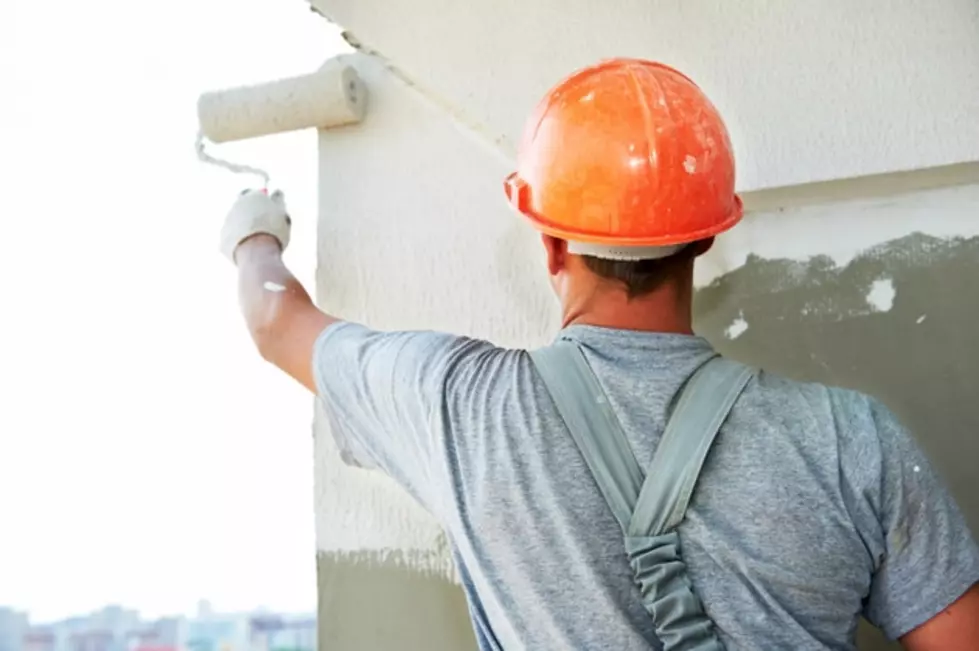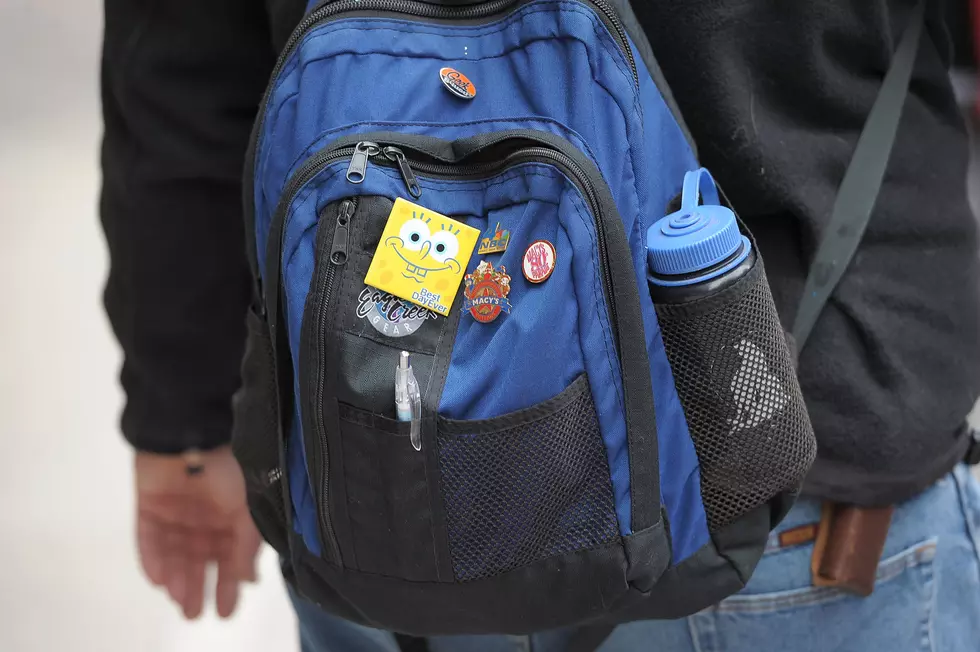![Holiday Decorating Can Be Dangerous [AUDIO]](http://townsquare.media/site/385/files/2011/12/christmaas2.jpg?w=980&q=75)
Holiday Decorating Can Be Dangerous [AUDIO]
A significant portion of the American population may not know how to safely "deck the halls" for the holiday season.
Holiday decorating caused an estimated 15,000 injuries in November and December of last year, or 250 injuries per day, according to the U.S. Consumer Product Safety Commission (CPSC). It was the fourth consecutive year those estimates increased.
"You need to pay extra special attention as you decorate for the holidays, especially when you’re on a ladder," said CPSC’s Patty Davis, "because it is so easy to fall off that ladder and hurt yourself. In fact, that’s the number one cause of injuries around the holidays."
Lacerations accounted for 11 percent of last year’s reported injuries, followed by back strains at 10 percent.
Christmas trees have also led to less-than-joyful incidents around the holidays. From 2009 to 2011, fire departments nationwide responded to an average of 200 fires in which the tree was the first item ignited. The blazes resulted in 10 deaths, 20 injuries and millions of dollars in property loss.
SAFETY TIPS
Ladders
1. Heed the warning labels on ladders. Read CPSC’s OnSafety blog, "Ladder Safety 101," for tips to prevent ladder falls this season.
Trees and Decorations
1. Buying a live tree? Check for freshness. A fresh tree is green, its needles are hard to pull from branches, and the needles do not break when bent between your fingers. The bottom of a fresh tree is sticky with resin, and when tapped on the ground, the tree should not lose many needles.
2. Setting up a tree at home? Place it away from heat sources, such as fireplaces, vents, and radiators. Because heated rooms rapidly dry out live trees, be sure to monitor water levels daily, and keep the tree stand filled with water. Place the tree out of the way of foot traffic, and do not block doorways with the tree.
3. Buying an artificial tree? Look for the label "fire resistant." Although this label does not mean that the tree will not catch fire, the label does indicate that the tree is more resistant to catching fire.
4. Decorating a tree in a home with small children? Take special care to avoid sharp, weighted, or breakable decorations. Keep trimmings with small removable parts out of the reach of children, who could swallow or inhale small pieces. Avoid trimmings that resemble candy or food that may tempt a child to reach for and swallow them.
Candles
1. Keep burning candles within sight. Extinguish all candles before you go to bed, leave the room, or leave the house.
2. Keep candles on a stable, heat-resistant surface. Place candles where kids and pets cannot reach them or knock them over. Lighted candles should be placed away from items that can catch fire, such as trees, other evergreens, decorations, curtains and furniture.
Lights
1. Use lights that have been tested. Lights for both indoor and outdoor use must meet strict requirements that testing laboratories are able to verify.
2. Check each set of lights. Examine new and old lights for broken or cracked sockets, frayed or bare wires, or loose connections. Throw out damaged sets, and do not use electric lights on a metallic tree.
3. Check each extension cord. Make sure each extension cord is rated for the intended use and is in good condition. Do not use cords with cuts or signs of fraying.
4. Check outdoor lights for labels. Look for labels indicating that the lights have been certified for outdoor use, and only plug them into a ground-fault circuit interrupter (GFCI)-protected receptacle or a portable GFCI.
More From New Jersey 101.5 FM








![Younger, Male Drivers Paying More for Insurance [AUDIO]](http://townsquare.media/site/385/files/2014/04/RS4630_91719642-scr-300x200.jpg?w=980&q=75)
